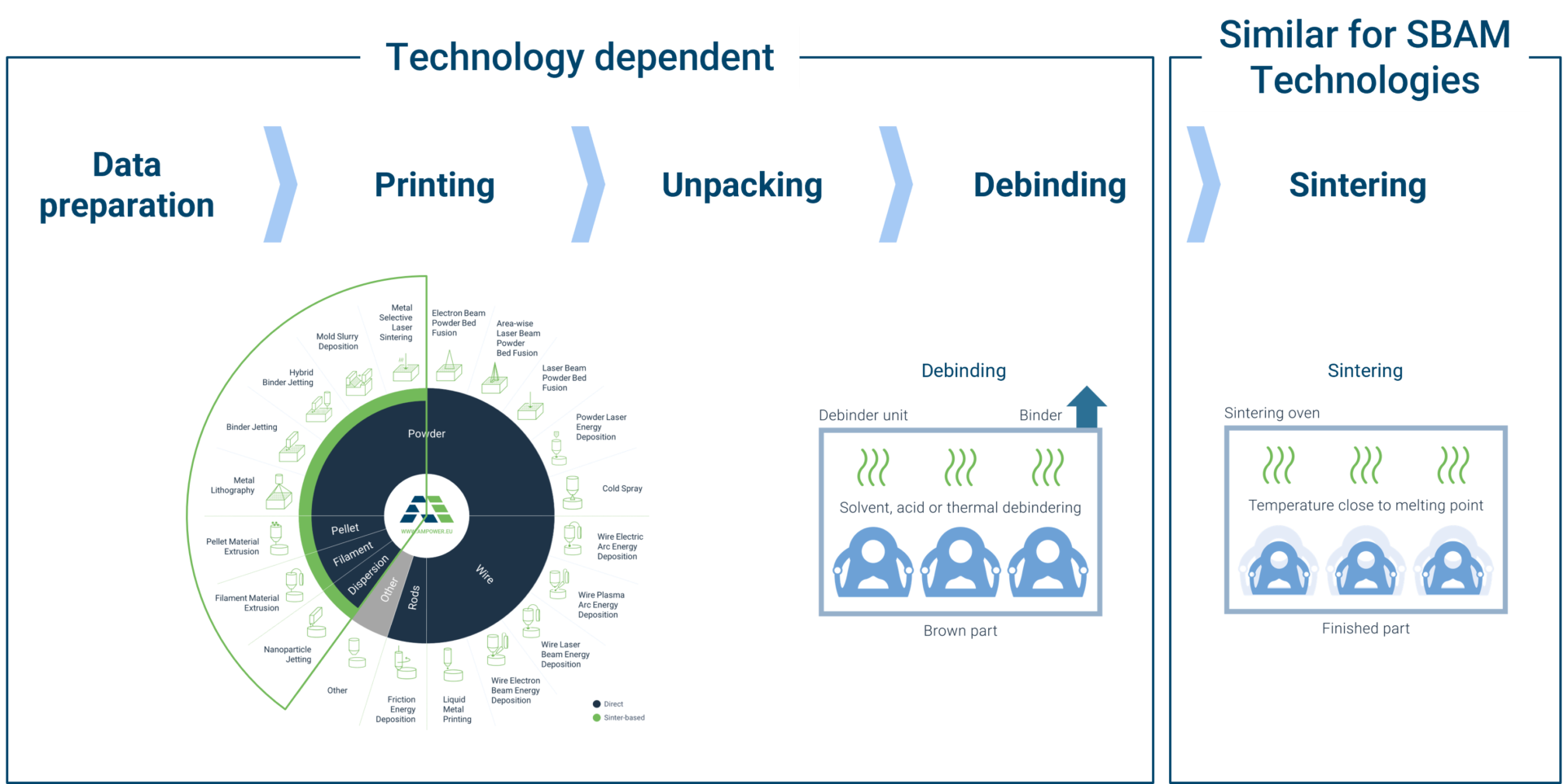Sinter-based AM Deep-Dive
Description
This license provides access for the following features:
- Access for 1 user
- Access to the course expires 12 months after registration
The following course is included
Sinter-Based AM Deep-Dive
Sinter-based AM Technologies such as Binder Jetting Technologies (BJT) and Metal Extrusion have recently gained a lot of attention across different industries. This course will provide a deep dive into both technologies and is specifically targeted toward engineers, designers and other professionals that want to understand if their applications are suitable for these technologies. The course will cover the following areas:
- The technology principle and process phenomena of sinter-based AM technologies
- The Binder Jetting and metal extrusion process chain including debinding and sintering
- Materials for sinter-based AM technologies and their characteristics
- Design restrictions and guidelines as well as successful design examples
Price per license
150.00€ excl. VAT














